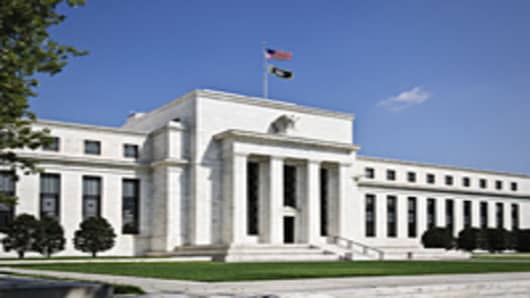There were also three members who objected to the Fed taking any new measures at all.
Gartman thinks that a firm decision will be left until next year, when the composition of the committee will change again, unless unemployment in the US, which is currently hovering at around 9 percent, rises to 10 percent. Five of the twelve positions on the committee are rotated between the US's reserve banks annually.
"The Fed might have one more dove next year but we won't know that until the first meeting, in January," said Gartman, who said last month that QE3probably wouldn't happen until October or November.
"There's a great deal of confusion within the Fed and that's when people do nothing and wait. That's what you got out of this last meeting, except for this rather strange Operation Twist, which wasn't unanimously agreed."
Worries About Inflation
There are concerns that further quantitative easing may cause rising inflation, at a time when US consumers are already facing squeezes on their incomes and increased job insecurity.
Despite two rounds of quantitative easing in the US since the credit crisis began, there are still disagreements about whether it has been effective in the real economy.



